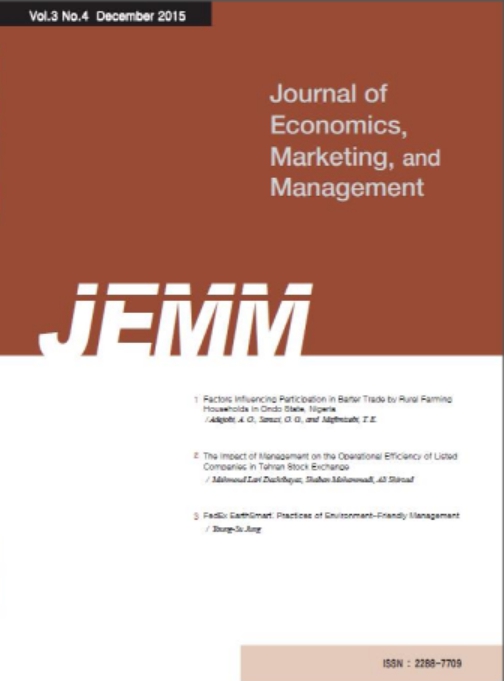The Impact of Financial Development Levels in Belt and Road Countries on Chinese FDI
Ren-Hong Wu (Guangdong Ocean University)
호싸인 알람길 (Hajee Mohammad Danesh Science and Technology University)
Xu LI (Henan Finance University)
Abstract
Purpose: As globalization continues to advance, China's trade cooperation with foreign countries has become increasingly close, and its outward-oriented economy has entered a rapid development stage. With the launch of the Belt and Road Initiative in 2013, favorable conditions for China's overseas direct investment have been created. This paper is based on the financial development in Belt and Road countries. Research design, data and methodology: Using panel data from 2006 to 2020 covering 64 countries along the Belt and Road, the paper classifies regions and compares regions with higher levels of financial development. It provides descriptive statistics and employs the Fixed Effects Model (FEM) for regression analysis to thoroughly study the factors affecting China's Foreign Direct Investment (FDI). Results: The research results indicate that the size, efficiency, and structure of financial development all have a significant positive impact on China's FDI. Conclusions: However, factors such as trade openness (OPEN) and per capita disposable income (LnAGDP) did not pass the significance test, possibly because the level of openness of a country for outward foreign direct investment is not a significant factor to consider. Finally, based on the empirical findings, a series of policy recommendations are proposed to enhance China's FDI levels.
- keywords
- Belt and Road, Foreign Direct Investment, Financial Development, Fixed Effects Model
- 다운로드 수
- 조회수
- 0KCI 피인용수
- 0WOS 피인용수















